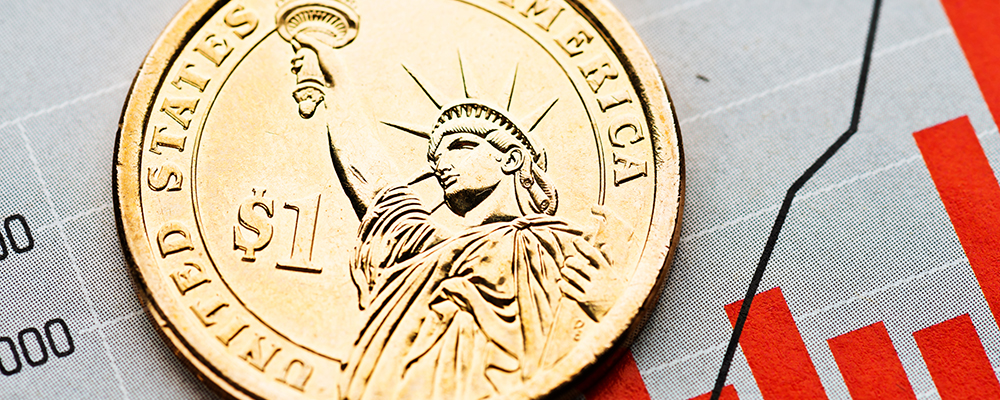Market sentiment this week will depend on how three key themes develop. First, exceptionally strong US labor market data released last Friday poses the risk of a more hawkish Fed in 2023, which market participants will no doubt factor into asset prices. Secondly, deterioration of diplomatic relations between the United States and China against the backdrop of the story with a civilian (?) balloon. Thirdly, rumors about a change in the stance of the Bank of Japan due to the possible appointment of a new head of the Central Bank.
The U.S. jobs report for January, released on Friday, beat expectations, showing an increase in employment of half a million people and a decline in the unemployment rate to 3.4%:
The strong reading is a clear signal that employers remain willing to hire despite months of declines in industrial production, housing construction and disappointing consumer spending. On a positive note, wage growth has slowed from a revised 4.8% to 4.4% yoy, suggesting that firms can hire without offering significantly higher salaries despite a very limited labor supply.
However, the US labor market clearly holds significant potential for inflation, and a 25 basis point Fed hike now looks very likely. Recall that Powell, at a press conference after the Fed meeting, outlined a potential soft-landing scenario in which inflation declines without a significant increase in unemployment. Tomorrow we will see how confident he is in this scenario after the payrolls report when he speaks at the Economics Club of Washington. The focus on inflation worries may signal that the Fed is not as relaxed as it seemed last week on easing financial conditions.
The US data calendar is rather unimpressive this week, which leaves more room for geopolitical topics to influence the market sentiment. Hopes for an improvement in US-China relations were dashed after the US shot down a Chinese balloon it claimed contained spy equipment. China confirmed that it was a civilian balloon that veered off course into US airspace and threatened retaliation.
It looks like a major setback in what has been an important bullish factor in 2023, namely the thaw in relations between Beijing and Washington as China’s economy recovers from the lockdowns. A bounce to the 6.85-6.90 area in USD/CNY could signal that markets are actually moving towards discounting more negative trade impacts for China, which would be contrary to the recent bullish sentiment in China, which has partly passed on the baton of optimism to Western markets as well.
Finally, USD/JPY briefly topped 132.00 in early Asian deals after reports that the government has offered a BOJ deputy governor to become the next BOJ governor. He is mostly seen as dovish and more inclined to continue Haruhiko Kuroda’s loose policies rather than implement the kind of structural changes to the yield curve that have been the subject of recent market speculation following the BOJ YCC surprise. It is too early to draw conclusions about this, and both data and market dynamics may have more influence on potential changes in the policy of the Bank of Japan than the new governor: at the moment, however, markets may be more reluctant to increase investments in Japanese government bonds (JGB) and USD/JPY may find some support.
Overall, these three themes may tip the balance of risk for the dollar towards a further rally. DXY may consolidate around 103.00, price has broken bearish channel, however RSI is overbought, increasing chances of a slight pullback (102.8-103.0):
The range of the dollar index this week is 103-103.5, going beyond it is likely to be possible after the release of the US CPI for January, which may lead to a second revision of the US growth outlook and a major shift in Fed rate expectations.
Source: Tickmill



